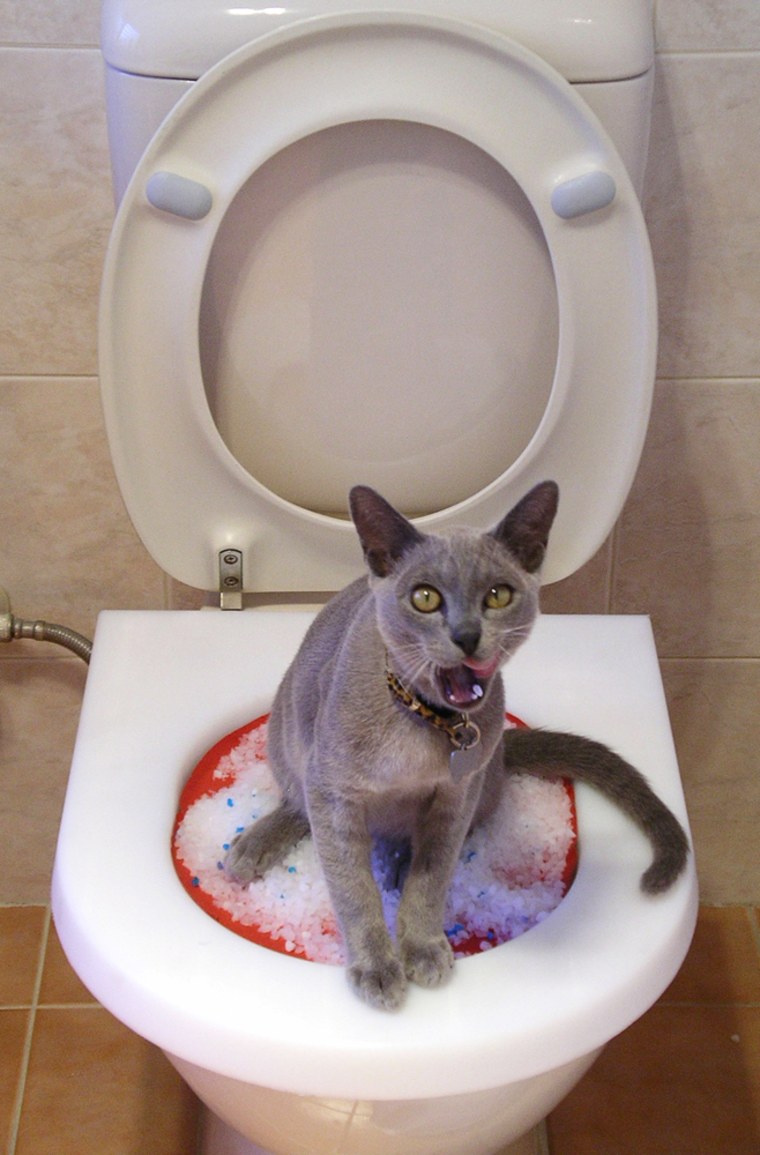Avoid Flush Cat Poop Down Your Toilet - Preserve Your House's Pipe Integrity
Avoid Flush Cat Poop Down Your Toilet - Preserve Your House's Pipe Integrity
Blog Article
Almost everyone maintains their own unique piece of advice involving Can You Flush Cat Poop Down The Toilet?.

Intro
As pet cat owners, it's necessary to bear in mind just how we dispose of our feline buddies' waste. While it may appear hassle-free to purge pet cat poop down the bathroom, this method can have harmful repercussions for both the setting and human health.
Environmental Impact
Flushing cat poop introduces harmful microorganisms and parasites into the water supply, posing a significant danger to aquatic ecological communities. These impurities can adversely impact aquatic life and concession water top quality.
Health and wellness Risks
Along with ecological issues, flushing cat waste can additionally pose wellness threats to human beings. Pet cat feces might contain Toxoplasma gondii, a bloodsucker that can create toxoplasmosis-- a possibly serious disease, particularly for pregnant females and people with weakened immune systems.
Alternatives to Flushing
Fortunately, there are more secure and extra liable ways to get rid of feline poop. Consider the following choices:
1. Scoop and Dispose in Trash
One of the most usual technique of taking care of pet cat poop is to scoop it into a biodegradable bag and toss it in the garbage. Make sure to use a committed trash scoop and dispose of the waste without delay.
2. Use Biodegradable Litter
Go with biodegradable pet cat litter made from products such as corn or wheat. These trashes are environmentally friendly and can be securely taken care of in the trash.
3. Hide in the Yard
If you have a lawn, consider burying feline waste in a designated location away from veggie gardens and water resources. Make sure to dig deep enough to avoid contamination of groundwater.
4. Mount a Pet Waste Disposal System
Invest in a pet dog waste disposal system especially designed for pet cat waste. These systems use enzymes to break down the waste, minimizing odor and ecological influence.
Conclusion
Accountable pet possession extends beyond giving food and sanctuary-- it likewise entails correct waste monitoring. By avoiding flushing cat poop down the commode and selecting different disposal methods, we can decrease our ecological impact and shield human health.
Why Can’t I Flush Cat Poop?
It Spreads a Parasite
Cats are frequently infected with a parasite called toxoplasma gondii. The parasite causes an infection called toxoplasmosis. It is usually harmless to cats. The parasite only uses cat poop as a host for its eggs. Otherwise, the cat’s immune system usually keeps the infection at low enough levels to maintain its own health. But it does not stop the develop of eggs. These eggs are tiny and surprisingly tough. They may survive for a year before they begin to grow. But that’s the problem.
Our wastewater system is not designed to deal with toxoplasmosis eggs. Instead, most eggs will flush from your toilet into sewers and wastewater management plants. After the sewage is treated for many other harmful things in it, it is typically released into local rivers, lakes, or oceans. Here, the toxoplasmosis eggs can find new hosts, including starfish, crabs, otters, and many other wildlife. For many, this is a significant risk to their health. Toxoplasmosis can also end up infecting water sources that are important for agriculture, which means our deer, pigs, and sheep can get infected too.
Is There Risk to Humans?
There can be a risk to human life from flushing cat poop down the toilet. If you do so, the parasites from your cat’s poop can end up in shellfish, game animals, or livestock. If this meat is then served raw or undercooked, the people who eat it can get sick.
In fact, according to the CDC, 40 million people in the United States are infected with toxoplasma gondii. They get it from exposure to infected seafood, or from some kind of cat poop contamination, like drinking from a stream that is contaminated or touching anything that has come into contact with cat poop. That includes just cleaning a cat litter box.
Most people who get infected with these parasites will not develop any symptoms. However, for pregnant women or for those with compromised immune systems, the parasite can cause severe health problems.
How to Handle Cat Poop
The best way to handle cat poop is actually to clean the box more often. The eggs that the parasite sheds will not become active until one to five days after the cat poops. That means that if you clean daily, you’re much less likely to come into direct contact with infectious eggs.
That said, always dispose of cat poop in the garbage and not down the toilet. Wash your hands before and after you clean the litter box, and bring the bag of poop right outside to your garbage bins.
https://trenchlesssolutionsusa.com/why-cant-i-flush-cat-poop/

As an enthusiastic person who reads about How to Dispose of Cat Poop and Litter Without Plastic Bags, I figured sharing that piece of content was beneficial. Are you aware of another person who is excited by Can You Flush Cat Poo or Litter Down the Toilet?? Take a moment to promote it. I am grateful for your time. Visit us again soon.
Schedule Service Report this page